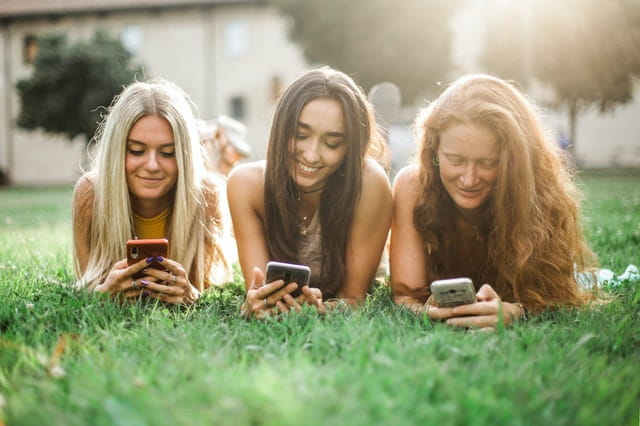Table of Contents
The use of social media for education is controversial. It’s also a phenomenon happening across the board, not just college students.
It’s hard to imagine our educational system without social media and the influence of digital marketing technology. Social media has raised awareness of the world around us and helped us connect with those who may have been otherwise difficult to reach.
Some people believe that digital devices should be a part of the classroom curriculum. In contrast, others believe that digital devices should only extend classroom lessons, not replace them. It is up to each school or teacher to decide how to implement social media in education. Instagram might be a great way to spread education. However, teachers might use a private Instagram profile viewer for an extra layer of security.
Considering the same, here we are with the top 7 ways to use social media for education. Let’s take a look.
Ways To Use Social Media For Education
Social media has changed the way we communicate and think about education. It’s no longer just a classroom activity; it has become an integral part of learning and social interactions.
Technology is making it easier for students to share their perspectives and learn from the different experiences of others. And now, there are numerous ways to use social media for education. Here are some of them:
1. Collect opinions from students
Social media in education can help teachers to collect opinions from students. Teachers can use a variety of social media platforms, understand their students’ interests, and develop a person-focused curriculum accordingly.
Social media has made everything very easy for people across the world. It is now easier than ever to get feedback and share thoughts with friends and family with this new technology.
This new technology is helping teachers to collect opinions from students about what they would like to learn in classrooms or what they enjoy doing outside school hours. Social media also provides teachers with a better understanding of the needs and interests of their students. It helps get insight into what they are reading on other websites or watching on YouTube.
2. Share and distribute educational content
Social media has been a great tool for teachers to share educational content. Teachers can use social media platforms to share resources and break down complex concepts easier than ever.
Social media in education can help teachers to share and distribute educational content. They can also get feedback from other educators on their work which helps them improve their teaching skills.
It has been found that many educators are using social media for professional development. More than half are actively pursuing new relationships with other educators through social media channels.
3. Provide feedback to students on their work
Teachers can use social media to provide feedback on students’ work to improve the quality of their submissions. Also, they give them a better understanding of what the future holds.
Teachers can give specific feedback on a student’s work and get more detailed feedback than grading. They can also provide more personal feedback that students would not receive in an assignment or paper.
The advantages for students are huge as well. Students can have their work assessed by multiple people and get instant feedback from peers and experts alike.
4. Encourage students collaboration with others in the form of questions and comments
When it comes to higher education, the presence of students’ collaboration is more important than ever. Teachers can help encourage students to collaborate by asking questions and getting the students involved.
Teachers can use questions and comments to encourage student collaboration, leading to increased learning. They can also use questions to break down difficult concepts into smaller, manageable units.
5. Create polls for the students to vote on an issue or question
Teachers can create polls for their students, who are often asked to vote on an issue or question.
Polls are a good way to get the students’ opinions and gather constructive feedback from them.
Creating polls to gather questions and opinions is beneficial to teachers and students. It helps teachers understand what their students have been taught during the class, while it gets the students’ opinions. Also, it allows them to learn more about what they want out of life.
6. Knowledge sharing or community building
Teachers today are facing the challenge of using social media for the work they do. Often, teachers want to share what they know with their students and community members. However, social platforms like Facebook and Twitter have strict rules about what content one can share to protect the rights of their users.
Learners who grow up in a world of social media need to know how to conduct themselves appropriately when using it.
Teachers can use social media to share knowledge or build community among students and other educators by teaching them digital literacy skills such as setting up privacy settings, understanding time limits for the screen, and others.
7. Stream live lectures and host discussions
Teachers can use social media platforms like Facebook Live for their lectures or host student-led discussions about a certain topic. They can also use it as an opportunity to have more meaningful interactions with their students.
In this way, social media is an ideal medium for educators and other professionals because it allows them to engage with students more deeply and offer more diverse content faster.
Finally
Social media has an important role in education. It helps students learn about career opportunities and provides them with various resources. It helped expose the students to different career opportunities and resources that they would not have seen otherwise. There are many ways that social media impacts education, such as, content creation, helping students learn how to handle stress and anxiety, or providing new perspectives on a particular topic.


